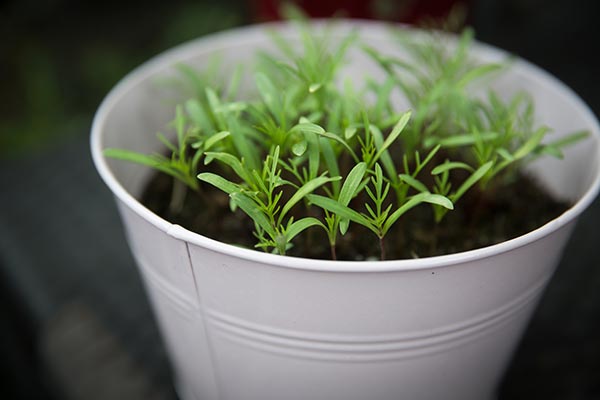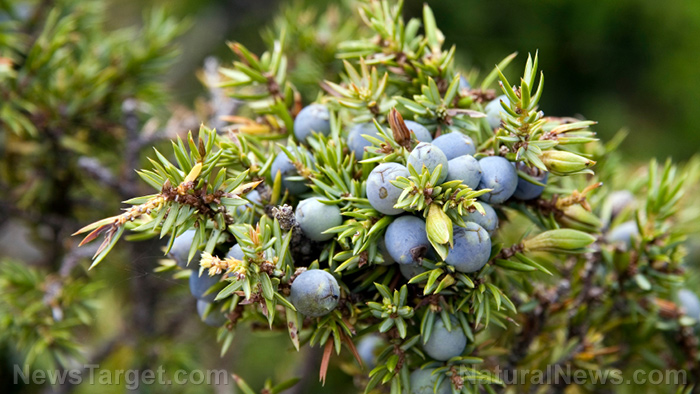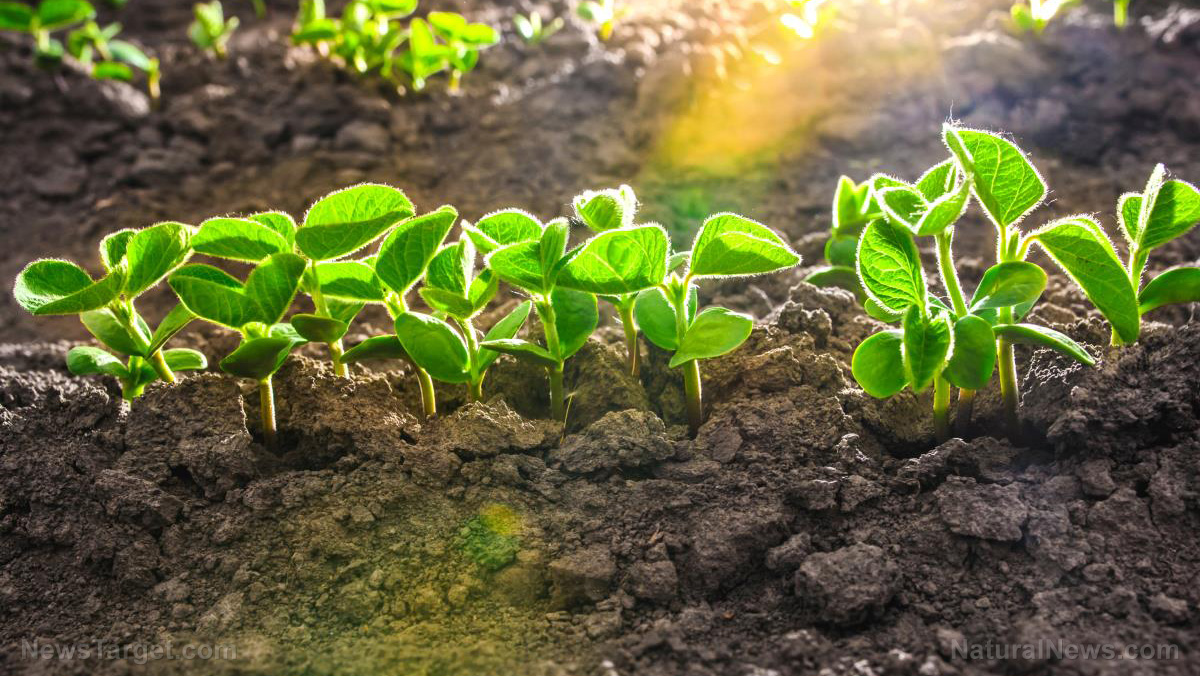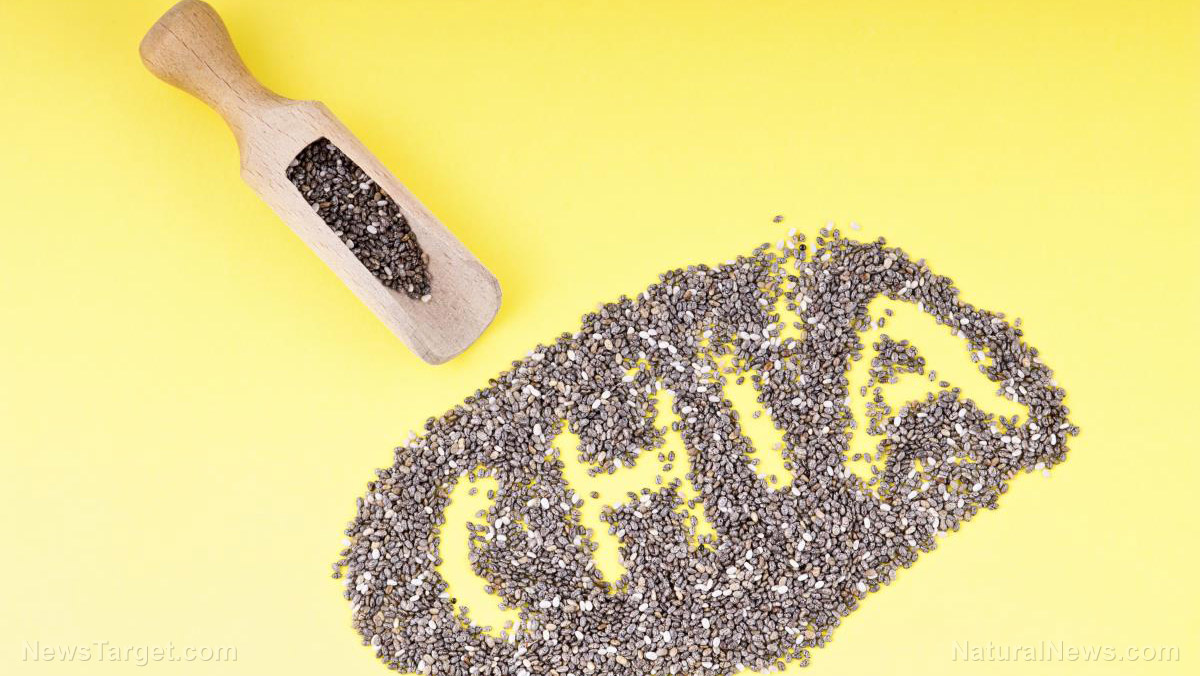Food storage 101: DIY pickling tips and tricks
02/02/2020 / By Darnel Fernandez

Pickling is a process that involves soaking foods like fruits and vegetables in an acid or brine, which prevents harmful bacteria from growing. Considered one of the oldest forms of food preservation, this process is a fantastic way to extend the shelf life of any fresh produce, especially if you plan on stocking up for the winter with summer vegetables or vice versa. In fact, almost any produce can be pickled, as long as you know how to do it properly. (h/t to PrimalSurvivor.net)
Why pickle your produce?
Pickling is an excellent way to preserve food. Studies have shown that Americans, on average, throw away around 31 to 40 percent of their food after it’s harvested. This is equivalent to losing 1,200 calories per person per day – that’s quite a lot of food wasted. If you can’t eat your food on time, you can simply pickle it for later use.
Once you have decided to pickle your fruits or vegetables, pick out the ones that are crisp and without bruises or wrinkles. Wash them properly and use a vegetable brush to remove any remaining dirt on the surface. However, if you don’t know where to start, here are a few seasonal vegetables you can pickle:
- Spring: Beets, celery, asparagus and cabbage
- Summer: Cucumbers, peppers and summer squash
- Fall: Cauliflower, Brussels sprouts and turnips
- Winter Carrots, onions and winter squash
Pickling these vegetables can infuse them with a tangy taste, making even the blandest of foods taste exciting. Moreover, the fermentation process in one of the pickling methods creates plenty of gut-friendly probiotic bacteria. (Related: Gut in a pickle? Here’s how to improve gut health with quick pickling.)
Tips and tricks for the beginner pickler
There are two ways to pickle foods: vinegar pickling and lacto-fermentation. While both are considered pickling, the process and the results are surprisingly very different from each other.
Vinegar pickling
This method of pickling involves the use of acid in the form of vinegar. In this process, you must soak the food in vinegar with at least five percent acidity. Sometimes, this kind of pickling calls for food to be boiled in a vinegar solution.
There is a surprising amount of controversy as to whether produce pickled this way must be refrigerated. That said, as long as the lid stays on, the end product should be safe for consumption for up to several weeks – even if left outside of the fridge. However, there is a risk of contamination if you leave them out for too long. Therefore, you should can the pickled food after the pickling process to make them last for years.
Lacto-fermentation pickling
This pickling method has grown in popularity because of the gut-healthy bacteria it creates. Lacto-fermentation pickling involves submerging the food in brine – a saltwater solution – to draw out the natural sugars in the food. This creates an acidic, oxygen-less environment that prevents bad bacteria from growing and promote the proliferation of healthy Lacto bacteria in the brine. Here are the steps for proper lacto-fermentation of your food:
- Place fresh produce inside a clean jar or fermentation crock. There is no need to sterilize the jars.
- Make the brine. Use about one teaspoon to one tablespoon of salt if you’re going to use a quart-sized jar.
- Fill up the jar while leaving about an inch of headroom.
- Put weight on the food to keep it submerged and loosely cover the jar.
- Allow the food to ferment at room temperature. Fruits can ferment in about 24 hours, but vegetables will take about two to seven days. The longer you leave them fermenting, the sourer they will be.
- Check for bubbles to ensure fermentation is happening. Afterward, test the pickles if the sourness is just right. Otherwise, leave them to ferment longer.
- Place a lid on the jar then move it to the fridge.
One of the major issues with the fermentation process is keeping the food below the brine. Some people recommend boiling a rock to use as a weight or press down the pickles with a cabbage leaf. You can also use store-bought pickling weights if you really need them.
Learn more about pickling and other food preservation strategies at FoodSupply.news.
Sources include:
Tagged Under: clean food, DIY, emergency food, food collapse, Food Preservation, Food storage, food supply, homesteading, lacto-fermentation, pickling, preparedness, prepping, probiotics, starvation, survival gear, vinegar pickling
RECENT NEWS & ARTICLES
Homesteading.News is a fact-based public education website published by Homesteading News Features, LLC.
All content copyright © 2018 by Homesteading News Features, LLC.
Contact Us with Tips or Corrections
All trademarks, registered trademarks and servicemarks mentioned on this site are the property of their respective owners.



















